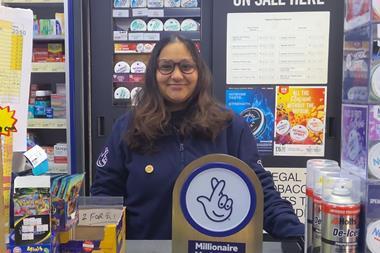The pick of the bunch

C-Store gets up early to accompany Vic Grewal on his weekly trip to London’s Western International produce market for a lesson in how to get the pick of fresh produce.
ALREADY HAVE A REGISTERED USER ACCOUNT? PLEASE LOG IN HERE
To read the full story join the ConvenienceStore.co.uk community today!
Registration is quick and easy and provides access to:
- Unlimited ConvenienceStore.co.uk articles
- Our great range of newsletters
- Content you’ve saved for later via the ‘my library’ feature
And much more…

























